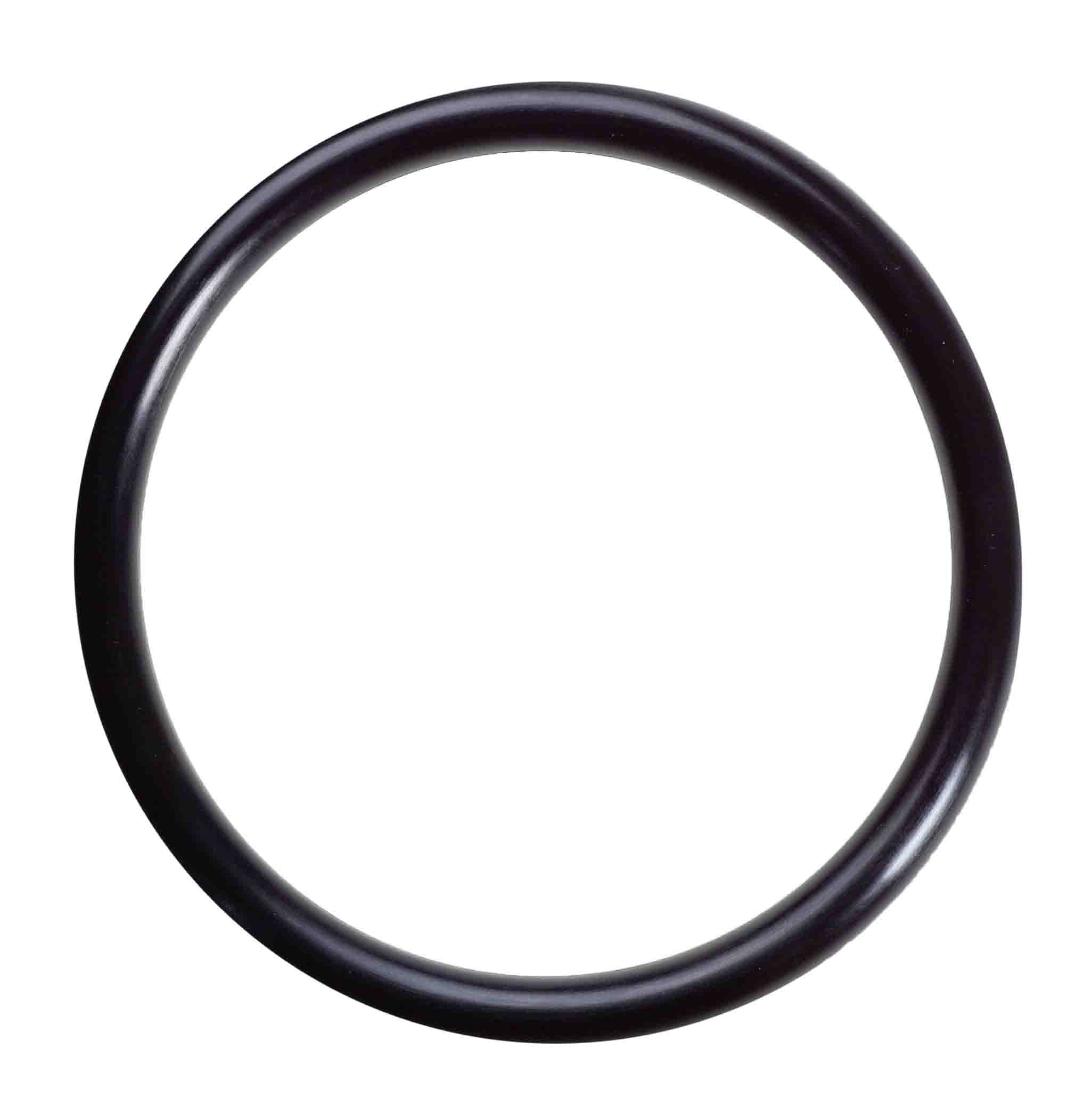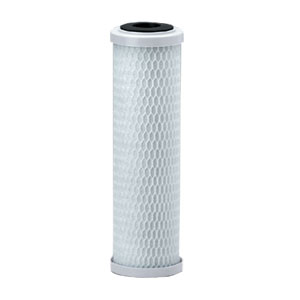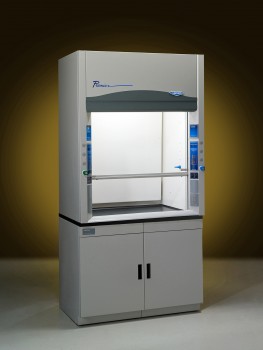|
Celebrating 34 years providing high quality products and advice.
|
| Our Local Time Is 5:49:26 PM. |
| Call us at 818-786-0600. We are here to help! |
 |
ON SALE NOW
Introducing the Polaris Lab Water Systems
High Purity Water Made In The USA.
Click here for more info. |
Water The Universal Solvent
Waters ability to dissolve other substances is one of its most useful and amazing properties. In many respects it very close to being a universal solvent. With the ability to dissolve millions and millions of tons of mineral salts and organic matter water is one of the most ideal substances for transporting life-sustaining minerals for food animals and plants. Due to the fact that water is essentially inert it can be reused indefinitely as a solvent undergoing almost no modification in the process.
A solution that consists of a solvent and one or more dissolved substances is known as solutes. Solutes assume the phase of the solvent whether liquid solid or gas. Solutes can be dissolved in solution based on temperature. The change in volume in a solvent when it dissolves into another substance is less than the volume of the solute until the saturation point is reached. When a solute ceases to go into a solution saturation has occurred.
When a solvent evaporates solid solutes can be recovered. Liquid solutes like for example ethyl alcohol tend to be difficult to recover. The reason is because there are two liquids that upon evaporation form a binary system. This makes it necessary to use fractional distillation as opposed to evaporative techniques to separate them. By heating the water and reducing pressure gaseous solutes can be partially recovered. This is due to their solubility is a function of both temperature and pressure.
Solubility of pure gases in pure water in contact with the pure gas a pressure of 1 ATM mg/l
| toC | N2 | O2 | H2 | CH4 | CO2 | H2S | SO2 | NH2 |
| 0 | 29.4 | 69.8 | 1.93 | 39.8 | 3360 | 7100 | 186,700 | 471,000 |
| 5 | 26.1 | 61.2 | 1.84 | 34.3 | 2790 | 6040 | 162,300 | 438,000 |
| 10 | 23.2 | 54.3 | 1.76 | 29.9 | 2345 | 5160 | 140,600 | 406,000 |
| 15 | 21.1 | 48.7 | 1.70 | 26.4 | 2000 | 4475 | 120,500 | 375,000 |
| 20 | 19.3 | 44.3 | 1.64 | 23.6 | 1720 | 3925 | 103,300 | 344,000 |
| 25 | 17.9 | 40.4 | 1.58 | 21.5 | 1495 | 3470 | 88,200 | 322,000 |
| 30 | 16.8 | 37.2 | 1.53 | 19.7 | 1305 | 3090 | 74,700 | 288,000 |
| 40 | 14.8 | 32.9 | 1.48 | 16.9 | 1040 | 2520 | 54,800 | 252,000 |
| 60 | 12.77 | 27.8 | 1.44 | 14.0 | 704 | 1810 | - | 192,000 |
| 80 | 11.96 | 25.1 | 1.44 | 12.7 | - | 1394 | - | 134,000 |
| 100 | 11.85 | 24.2 | 1.44 | 12.2 | - | 1230 | - | - |
More Information About Water
Molecular Structure
The Three States
Sublimation
Supercooled Water
Heavy Water
Properties
Heat Capacity
Latent Heats
Solvent
Surface Tension
| |
|













